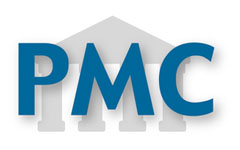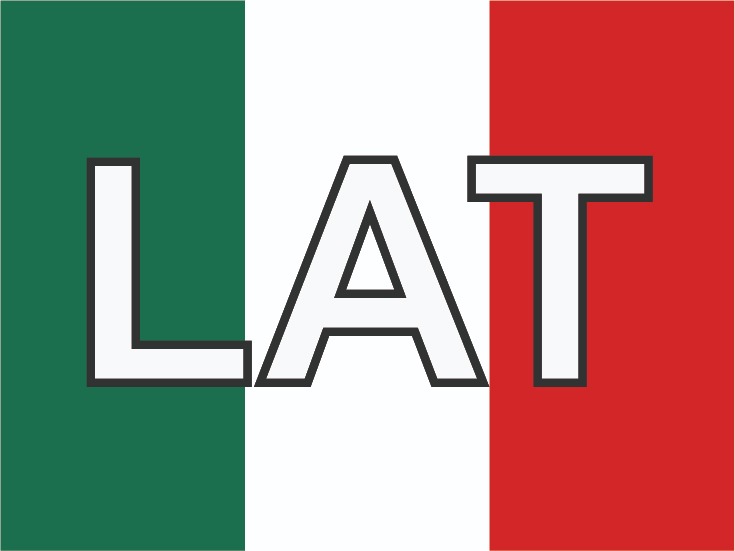Un reto para Colombia: mejorar la utilización de medicamentos probadamente beneficiosos en la prevención secundaria cardiovascular
Abstract
Las enfermedades cardiovasculares (ECV) causan 30% del total de las muertes en todo el mundo; de estas 80% sucede en los países en vía de desarrollo. El 1% de las personas en el mundo presenta un evento coronario agudo o cerebrovascular por año y la mitad de estos eventos se produce en individuos con enfermedad vascular preexistente. Los países de bajos y medianos ingresos presentan un incremento en la carga de las ECV y la mayoría no tiene programas concretos y bien definidos para su prevención.Se ha estimado que para el año 2020, habrá un aumento entre 120% y 137% en la incidencia de enfermedad coronaria en las mujeres y los hombres respectivamente, en los países en desarrollo. Este fenómeno se explica, entre otras razones, por la denominada transición epidemiológica, que se asocia con un notable aumento en la prevalencia de facto-res de riesgo como la obesidad, la hipertensión arterial, el tabaquismo, el consumo exagerado de alcohol, los cambios en los hábitos nutricionales y el sedentarismo. Estos factores están relacionados con la rápida urbanización que han sufrido los países de bajos y medianos ingresos.
Authors
Downloads
References
1. Mathers CD, López A, Stein C, Ezzati M, Jamison, DT, Murray, CJ. Deaths and disease burden by cause: global burden of disease estimates for 2001. Bethesda: World Bank Country Groups, Disease Control Priorities Project; 2005.
2. Yusuf S, Reddy S, Óunpuu S, Anand S. Global burden of cardiovascular diseases. Part I: General considerations, the epidemiologic transition, risk factors, and impact of urbanization. Circulation. 2001; 104: 2746-53.
3. Fuster VJ, Voûte J. Chronic diseases are not on the agenda. Lancet. 2005; 366: 1512-14.
4. Leeder S, Raymond S, Greenberg H, hasta 6 autores et al. A race against time: The challenge of cardiovascular disease in developing economies. New York: Trustees of Columbia University; 2004.
5. López-Jaramillo P, Silva SY, Rodríguez-Salamanca N, Duran A, Mosquera W, Castillo V. Are nutrition-induced epigenetic changes the link between socioeconomic pathology and cardiovascular diseases? Am J Ther. 2008; 15: 362-72.
6. López-Jaramillo P. Defining the research priorities to fight the burden of cardiovascular diseases in Latin America. J Hypertens. 2008; 26: 1886-9.
7. World Bank. World development indicators. Washington, DC: World Bank; 2010.
8. WHO. Prevention of cardiovascular disease. Guidelines for Assessment and management of total cardiovascular risk. Geneva: World Health Organization; 2007.
9. WHO. Prevention of recurrent heart attacks and strokes in low and middle income populations: evidence-based recommendations for policy-markers and health professionals. Geneva: World Health Organization; 2003.
10. Brady AJB, Oliver MA, Pittard JB. Secondary prevention in 24,431 patients with coronary heart disease: survey in primary care. BMJ. 2001; 322: 1463.
11. Wald NJ, Law MR. A strategy to reduce cardiovascular disease by more tan 80%. BMJ. 2003; 326: 1419.
12. Yusuf S. Two decades of progress in preventing vascular disease. Lancet. 2002; 360: 2-3.
13. Murray CJL, Lauer JA, Hutubessy RC. Effectiveness and costs of interventions to lower systolic blood pressure and cholesterol: a global and regional analysis on reduction of cardiovascular-disease risk. Lancet. 2003: 361: 717-25.
14. Sanz G, Fuster V. Polypill and global cardiovascular health strategies. Semin Thorac Cardiovascular Surg. 2011; 23: 24-9.
15. Lim SS, Gaziano TA, Gakidou E, Reddy KS, Farzadfar F, Lozano R, et al. Prevention of cardiovascular disease in high-risk individuals in low-income and middle-income countries: health effects and costs. Lancet. 2007; 370: 2054- 62.
16. Yusuf S, Islam S, Chow CK, Rangarajan S, Dagenais G, Diaz R, et al. On behalf of the Prospective Urban Rural Epidemiology (PURE) Study Investigators. Use of secondary prevention drugs for cardiovascular disease in the community in high-income, middle-income, and lowincome countries (the PURE study): a prospective epidemiological survey. Lancet. 2011; 378: 1231-43.
17. García RG, López-Jaramillo P. Uso de aspirina en la prevención de enfermedades cardiovasculares. Rev Colom Cardiol. 2008; 15: 223-30.
18. Suhrcke M, Boluarte TA, Niessen L. A systematic review of economic evaluations of interventions to tackle cardiovascular disease in low-and middle-income countries. MBC Public Health. 2012; 12: 2
19. Geoffrey R, Tee K, Marmot M. Rose’s strategy of preventive medicine. Oxford: Oxford University Press; 1992.
The copy rights of the articles published in Colombia Médica belong to the Universidad del Valle. The contents of the articles that appear in the Journal are exclusively the responsibility of the authors and do not necessarily reflect the opinions of the Editorial Committee of the Journal. It is allowed to reproduce the material published in Colombia Médica without prior authorization for non-commercial use




















